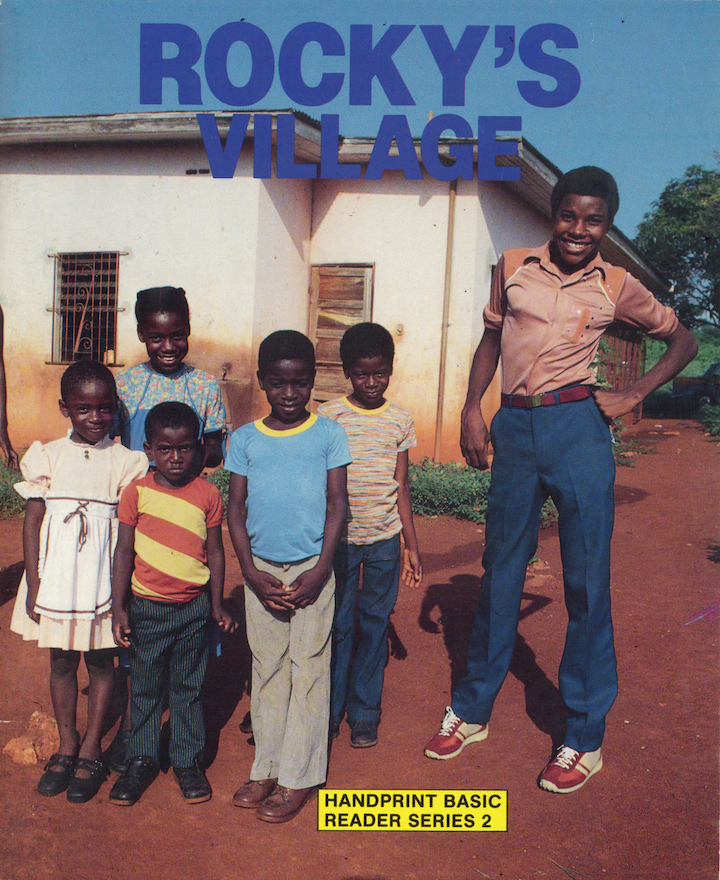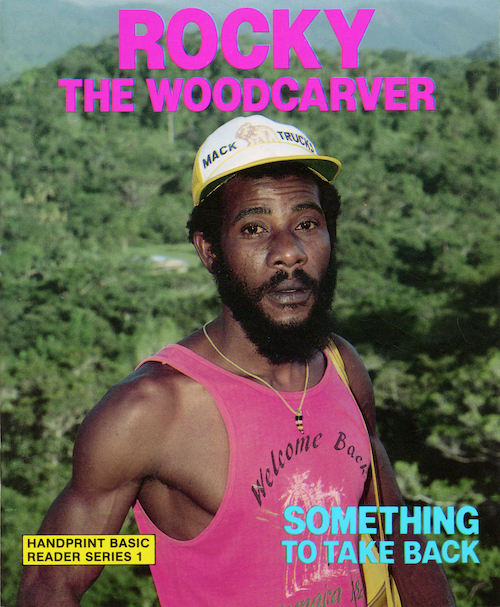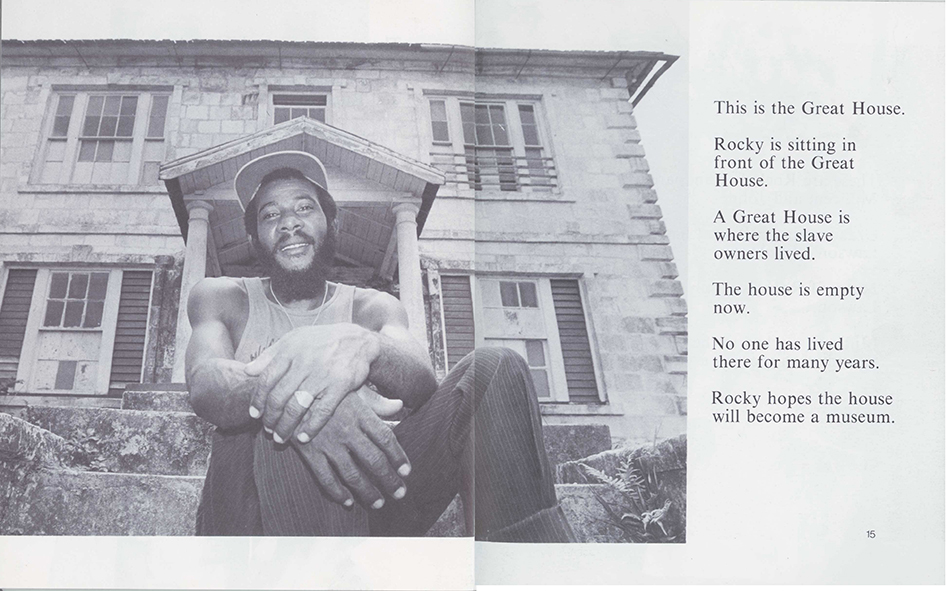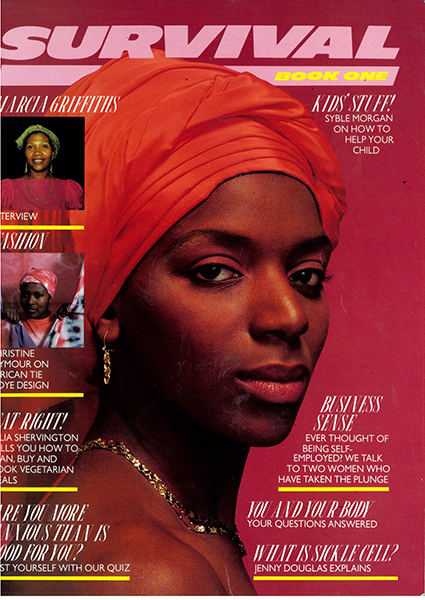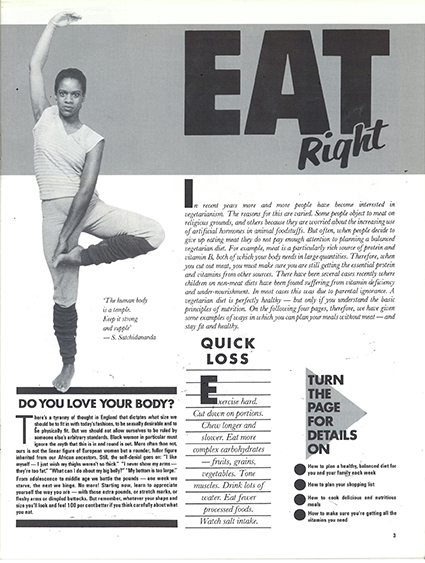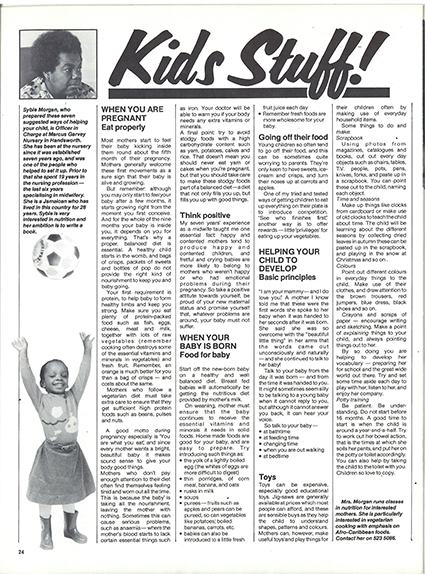Project
Handprint pilot publications
Using the materials which we brought back from Jamaica we prepared an application with NACRO and applied to ALBSU for funding to set up a project to produce educational materials for African Caribbean students. Our application was successful and ALBSU granted us funding for a two-year research and development period to produce a set of pilot publications to be monitored, and a report produced. We called the project Handprint.
Handprint was formally set up in January 1983, sponsored and managed by NACRO, staffed by myself as the co-ordinator, Jennifer Dale as part-time administration assistant and Derek Bishton as design and production assistant. The project was based 137 Soho Road in Handsworth, in premises above a fruit and vegetable shop.
There was a lot of work to do organising the space in what was a fairly dilapidated set of offices. We had to redecorate, and buy and equip the place. Fortunately, all the experience I’d had with HAS came in very useful.
But in every other respect, setting up Handprint and turning myself into a publisher was a completely new experience. Derek and I had spent many hours looking at the photographs and materials we had brought back from Jamaica, and several ideas had emerged for books and audio visual materials – but now we had to turn them into reality.
Rocky books
Here’s the covers of the first two Rocky Books which we produced, Rocky’s Village and Rocky the Woodcarver. The text featured many photographs of Rocky collecting wood to use to make his carvings, and visiting his friends and neighbours who the reader is introduced to.
One of the sets of photographs that had aroused a lot of interest was of a wood carver called Rocky we had met. Derek had taken some pictures of him working and some of the finished carvings, which were extremely striking and beautiful. Using these images as inspiration, I had sketched out two basic reading books that featured Rocky as a central character. But in order to make them work, we needed to take some more specific photographs of him to fit the narrative I had constructed. In many ways, it was like the storyboarding exercises we had undertaken on the HAS film course.
So, in the summer of 1983 we spent some time in Jamaica. Derek had signed a publishing contract with Chatto & Windus to write a book about Rastafarianism based on the work he had done earlier at Sidelines and the visit to Shashemane, and he used his advance to fund a six week trip. I joined him for a couple of weeks and we spent several days with Rocky, photographing him going through the process of making a carving, and meeting up and interacting with his friends and neighbours.
When we came back, Derek printed up lots of images and we made some dummy trial editions of the two books we had planned using photocopied images and text – Rocky the woodcarver and Rocky’s village. These were tested by our advisory group, and in their comments were then incorporated into the process of detailed revision and editing I was to become familiar with as we developed more materials.
Survival magazine for young women
Survival Magazine was a 28-page A4 book designed in the format of a woman’s magazine, presenting topics such as fashion, child care, diet, literacy and health issues with an African Caribbean perspective. It was produced with the help of the Black women living and working in Handsworth. We also produced a Notes for Tutors booklet outlining ways the material could be incorporated into lesson plans to suit the needs of various lesson plans and situations.
At the same time we were working on several other projects. Although much of my work at HAS had been directly involved with young men, I was also very aware of critical issues facing young black women and I wanted to produce something they would pick up instantly. Several things influenced my thinking at that time but the most important was that there were no Black magazines easily available. Unlike now, when you can walk into almost any newsagents and find several titles with beautiful Black women on the cover, in 1983 these didn’t exist. Young Black women couldn’t pick up a magazine and expect to find advice about hair, skin care, diet, health issues and so on that was relevant to them.
That was the thinking behind Survival magazine: that we should take the design and format of a popular woman’s magazine and let the women of Handsworth take it over. All the articles, the short story, the advice and information sections were contributed by women living locally. The issues raised are those which were highlighted and suggested by local people.
I think one of the successes of the project was in channelling and reflecting the incredible vitality and talent, ambition and determination of so many Black women at that time. In my Survival editorial I wrote: ‘This pilot publication highlights two very important factors: there is a wealth of talent and resources in the community which needs outlets; and Survival gives an indication of what can be achieved when some of this talent is harnessed.
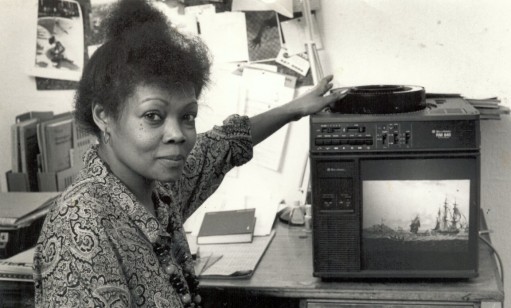
The Rasta and Return to Africa Tapeslide programme was a four part (45 mins in total) audiovisual production comprising more than 300 colour transparencies and a soundtrack which included reggae music. The programme gave a broad historical introduction to Pan-African ideas in relation to the Rastafarian movement and an up to date account of Rastafarians iving in Ethiopia. It was narrated by Handsworth-based writer and actor Milton Godfrey.
While I was busy trying to bring Survival together, Derek worked on the Rasta and the Return to Africa tapeslide programme. This was an ambitious four-part (45 minutes in total) audio visual production comprising more than 300 colour transparencies and a soundtrack which included reggae music.
The format was influenced by TV documentaries where a narrator takes quite complex ideas and concepts and tries to bring them alive, using graphics, and by filming on location.
Obviously we didn’t have the resources for anything like that – this was the pre digital era – but an audio visual using a slide projector and sound track was possible.
Using lots of material he had collected for his Rasta book, including the images he had taken in Ethiopia and Jamaica, Derek wrote a script that attempted to give a broad historical introduction to Pan-African ideas in relation to the Rastafarian movement and an up-to-date account of Rastafarians living in Ethiopia.
Originally we asked David Hinds, the lead singer from Steel Pulse, to act as narrator, and he did begin recording for us but the band’s touring schedule intervened. Milton Godfrey, a member of the steering group and an accomplished musician and actor, stepped in and gave the voiceover credibility, and a real sense of authority and confidence..
During this period, many young designers, artists, photographers became involved with Handprint. Alan Hughes, who worked with me on Survival, and John Twinning and Paul ‘Speedy’ McPherson who worked with Derek on the tape slide deserve special mention.
All the pilot materials were published during 1984 and tested and used by a variety of educational institutions.
Handprint Press Cuttings Library
Handprint established a press cuttings library covering topics concerning black issues, drawn from newspapers, books, magazines, leaflets, etc. We subscribed regularly to The Guardian, The Voice, The West Indian World, Caribbean Times. We particularly looked for materials which highlighted African Caribbean achievements, and /or portrayed a positive image of people of African Caribbean origin.
The cuttings were filed under a variety of headings, including education, health, politics, housing, health, immigration and there were sections devoted to individual personalities from the worlds of art, culture, politics, sport and entertainment. There was a special focus in the cuttings on issues and personalities from the Birmingham area. Every week we would mark up the newspapers and volunteers from local colleges and projects helped to cut them out, paste them on to A4 sheets and file them under a system which we adopted from the Runnymede Trust. Special mention must be made of the work carried out by my son Hamish, who worked on the library for several years.
When Handprint closed, the press cuttings library was donated to Birmingham Central Library where it can be viewed by researchers.
Handprint Monitoring Report
As part of the terms of the Albsu funding, all the pilot materials were tested by a variety of educational institutions, and a Monitoring Report was produced that concluded:
- Handprint pilot publications were overwhelmingly welcomed by both students and tutors;
- There was an urgent need for culturally relevant books such as these pilot publications;
- These publications should be made available to schools;
- There was an acute shortage of multi-cultural books.
The Monitoring agencies were:
- Afro-Caribbean Community Development Organisation (ACAFESS), 198 Moseley Road, Birmingham 13.
- Holte Adult Education Institute, Wheelers Street. Lozells, Birmingham 19.
- Handsworth Technical College Job Preparation Unit, Summerfield Old School, Dudley Road, Bitmingham B18 4EJ
- Burra Project, 395 Soho Road, Handsworth, Birmingham.
- Holyhead School/Community Centre, Holyhead Road, Handsworth, Birmingham.
- Bournville College of Further Education, Selly Oak, Birmingham.
- Garretts Green Technical College, Garretts Green, Birmingham.
- Rafiki House (Women’s Project), Hall Road, Handsworth, Birmingham.
